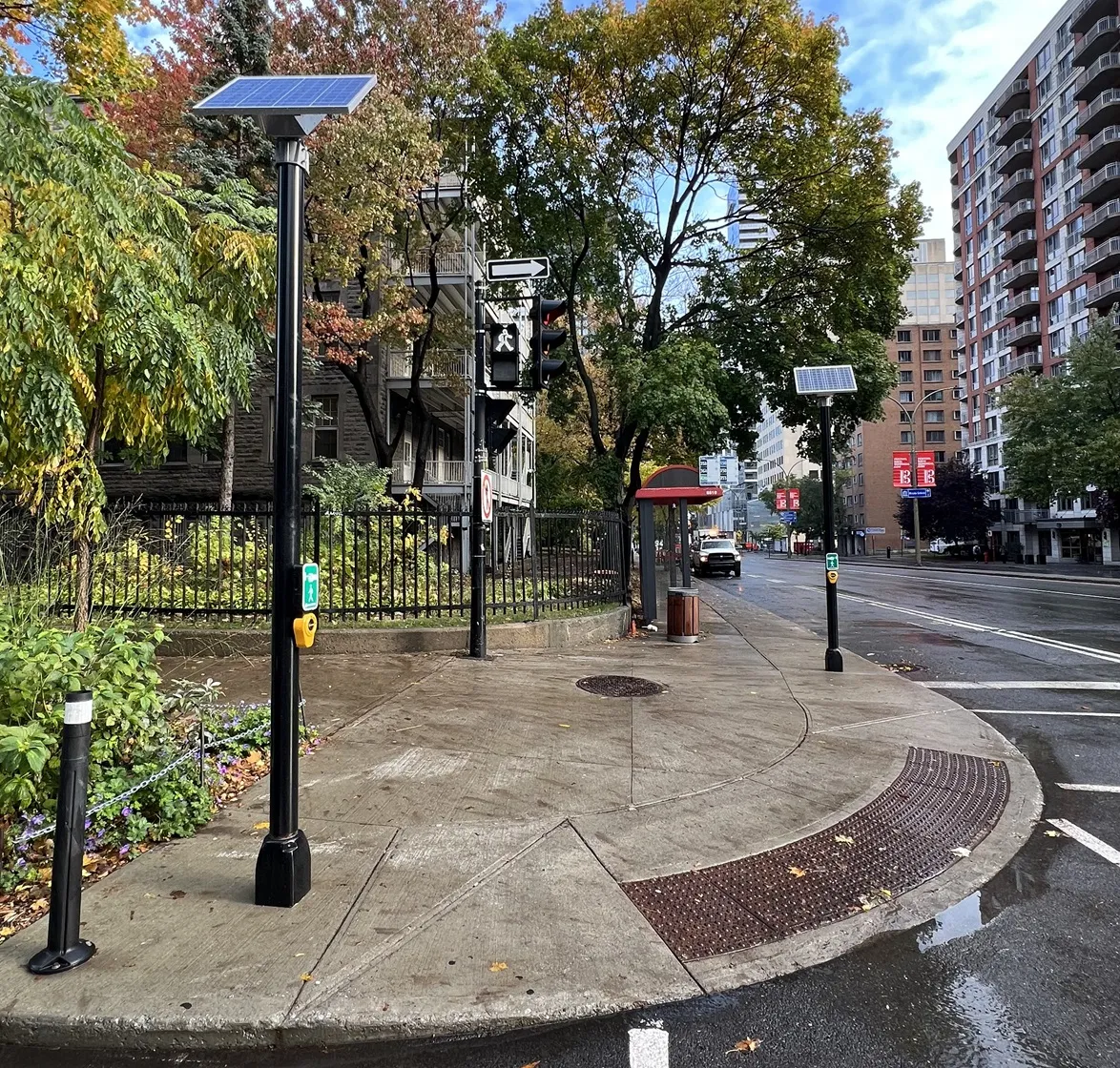At this year’s IMSA (International Municipal Signal Association) Conference, which ends today in Orlando, Florida, Siemens has released the latest Sepac local traffic controller software which incorporates new features that help make intersections safer and improve the use of traffic signal priority for public mass transportation, without interrupting the general traffic flow.
July 31, 2012
Read time: 2 mins
RSSAt this year’s IMSA (6289 International Municipal Signal Association) Conference, which ends today in Orlando, Florida, 189 Siemens has released the latest Sepac local traffic controller software which incorporates new features that help make intersections safer and improve the use of traffic signal priority for public mass transportation, without interrupting the general traffic flow.
“We have been developing and testing Sepac for more than 25 years, and it has been implemented in many cities throughout the Unites States,” said Frank LoPresti, general manager of Siemens Intelligent Traffic Solutions. “This new version of the software will help cities keep their intersections running safely and keep traffic flowing, which has an impact on the quality of life in cities and the environment.”
As the company points out, giving high priority to public transportation without interrupting the general traffic flow has been a major challenge for conventional traffic control software in the past. Sepac 3.51 is focused on enhancing performance of traffic signal control for customers who use light rail transit, bus rapid transit and regular traffic signal priority functionality. A new set of features improves the use of low- and full-priority, with minimal impact on pedestrian and vehicle traffic.
The software also incorporates Red Protect technology that, when paired with speed detectors like radar, video or wireless ground detection, can make intersections safer when a driver runs a red light. Additional features added with this release include Manual Uniform Traffic Control Devices (MUTCD) flashing yellow arrow with delay, programmable advanced warning flashers and Hawk (High-Intensity Activated crossWalK) pedestrian signals. Siemens claims all these features, along with transit signal priority, provide a much safer operation at every Siemens software controlled intersection.
“We have been developing and testing Sepac for more than 25 years, and it has been implemented in many cities throughout the Unites States,” said Frank LoPresti, general manager of Siemens Intelligent Traffic Solutions. “This new version of the software will help cities keep their intersections running safely and keep traffic flowing, which has an impact on the quality of life in cities and the environment.”
As the company points out, giving high priority to public transportation without interrupting the general traffic flow has been a major challenge for conventional traffic control software in the past. Sepac 3.51 is focused on enhancing performance of traffic signal control for customers who use light rail transit, bus rapid transit and regular traffic signal priority functionality. A new set of features improves the use of low- and full-priority, with minimal impact on pedestrian and vehicle traffic.
The software also incorporates Red Protect technology that, when paired with speed detectors like radar, video or wireless ground detection, can make intersections safer when a driver runs a red light. Additional features added with this release include Manual Uniform Traffic Control Devices (MUTCD) flashing yellow arrow with delay, programmable advanced warning flashers and Hawk (High-Intensity Activated crossWalK) pedestrian signals. Siemens claims all these features, along with transit signal priority, provide a much safer operation at every Siemens software controlled intersection.










